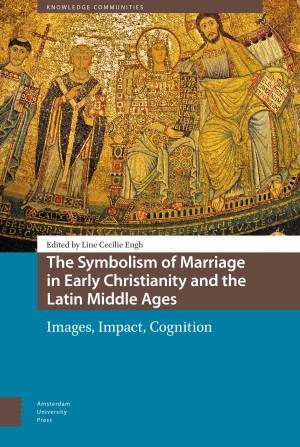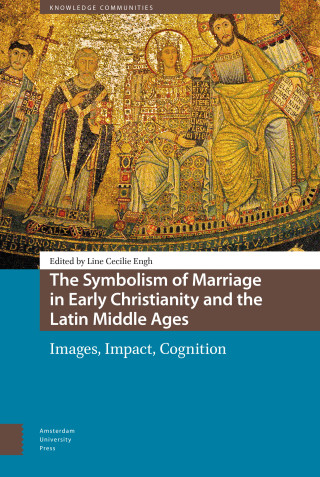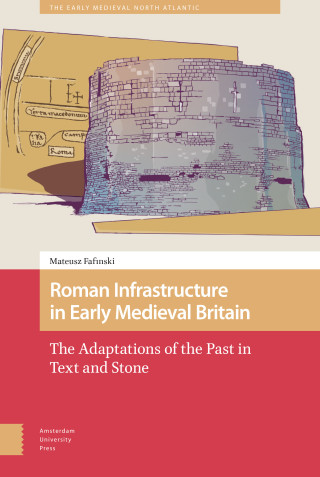''This is a very interesting collection of essays on marriage symbolism in written texts and art''
-David Dawson Vasquez, Marriage, Families & Spirituality , 30/1, 2024
"The introduction to this important book points to what cognitive sciences can tell historians about how symbolism works. The exposition of "Conceptual Metaphor Theory" and "Blending Theory" (the preferred version of the co-author of the introduction, Mark Turner) deserves close attention from both historians and literary scholars. The potential for interdisciplinary insight is exciting and it may be hoped that much more research will follow along the path Engh has cut."
- D. L. d'Avray, The Medieval Review, April 2021
''These collected essays describe less how biblical and early Christian marriage symbolism influenced Western marriage, and more how it helped medieval people give expression to what is not marriage—including celibacy, virginity, power relations, and church hierarchy. [... T]he book’s unifying perspective, namely, blending theory, which has to do with how the human mind fashions its conceptual world by creatively blending concepts that, on the face of it, have little to do with each other, results in giving the whole collection an impressive sense of unity''
- W. Trent, Foley, Church History





